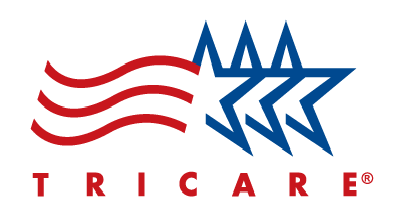The Dirt on Dental Cleanings
The different ways your dentist blasts away the grime to reveal your true smile
If it’s been a while since you’ve seen a dentist, a teeth cleaning may be necessary to get your “pearly whites” sparkling again. These can come in several different flavors, and will show up on your Explanation of Benefits (EOB). Your dental plan may cover all or a portion of the cost of the service, so check your plan to see what your coverage is for these procedures.
Here are the differences among professional teeth cleaning treatments. Of course, every diagnosis and treatment plan is different. Your dentist can help you decide the course of treatment that’s right for you.
Routine Cleaning
A routine teeth cleaning is done when the gums and bone structure are healthy. Plaque, stains and tartar are scraped off of the teeth using small ultrasonic and hand tools. The focus is on the inside of the lower-front teeth and on the outside of the upper-back teeth, where tartar builds up first.
Debridement
When a heavy build-up of plaque, tartar and dead tissue is on your teeth, you’ll need a debridement. Just like with regular cleanings, ultrasonic tools and hand instruments are used, but due to the extra time and skill required to remove the dense build-up, this service usually comes with a higher fee (Sign in to your My Account to see what's covered).
Deep Cleaning
If a pocket of debris around your teeth is too deep for a routine cleaning or debridement, or if your teeth are loose because of bone and tissue loss, your dentist may recommend “scaling and root planing.” This procedure involves scraping tartar from above and below the gum line and removing rough spots on the tooth’s root where germs collect. This may require a local anesthetic, and the cost may be considerably higher than other cleaning treatments (Sign in to your My Account to see what's covered).
Want to learn more about taking care of your mouth?
Read the "hole" story about fillings
How orthodontia can correct your smile


